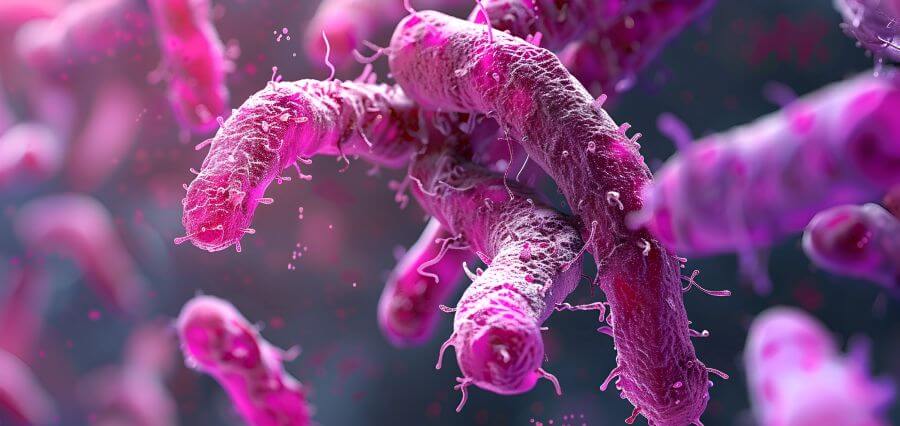A New Dawn
“The Regenerative medicine evolution is upon us. Like iron and steel to the industrial revolution, like the microchip to the tech revolution, stem cells will be the driving force for this next revolution.” – Cade Hildreth
The insufficient results from the traditional therapies in malignant diseases like cancer treatment, have led to therapy resistance and cancer recurrence. Over the past decades, accumulating discoveries about stem cell biology have provided new potential approaches to cure cancer. Stem cells possess unique biological actions, including self-renewal, directional migration, differentiation, and modulatory effects on other cells, which can be utilized as regenerative medicine, therapeutic carriers, drug targeting, and generation of immune cells.
Regenerative medicine involving the stem cell therapy, covers stem cells, has provided a hope in the fight against cancer. It can improve the therapeutic efficacy of other therapies due to its enhanced target on the malignant tumours lowering the effect on other areas. Numerous stem cell strategies are investigated in clinical research and have shown promising development in cancer treatment.
Catalytic paradigm shift
Stem cells from different sources exhibit different capacities of proliferation, migration, and differentiation, which determine their application in anti-tumour therapy.
The Hematopoietic Stem Cells which are mature adult cells in bone marrow are derived from cord blood. This is currently the single methodology of stem cells which is approved by the FDA in the treatment of malignant diseases of multiple myeloma, leukaemia, and some kinds of blood system disorders.
Mesenchymal Stem Cells possess unique biological properties and are widely used to support other therapies or to deliver therapeutic agents in treating a variety of cancers.
Whereas the Neural Stem Cells located in the central nervous system, possess the ability to self-renew and generate new neurons and glial cells. They are tested to treat both primary and metastatic breast, lung, and prostate cancers in murine models.
The Cancer Stem Cells or immature parent versions of tumour cells are generated by epigenetic mutations in normal stem cells. These cells are found within tumour tissues, playing important part in cancer growth, metastasis, and recurrence. So, targeting these cancer stem cells can provide a promising hope in treating various types of solid tumours.
Starting From The Bone Marrow
The Hematopoietic Stem Cells are formed in the bone marrow. However, during the process of chemotherapy cycles, the blood forming cells get greatly damaged as well. In such situations, the patients are given intravenous injections of autologous hematopoietic stem cells. This initiates the returning of the cells leading to the rapid migration into specific stem cell pockets. Upon entering the bone marrow, the transplanted stem cells undergo the settlement and become functional promoting the growth of new special blood cells.
Tumour Tropic Effect
The tumour cell environment, where extracellular matrix and secreted paracrine factors are deposited, defines tumour growth and invasion. This is done by attracting the unidirectional migration of various types of cells, for example, Mesenchymal Stem Cells, the endothelial cells and infiltrating immune cells. Tumours are considered chronic wound tissue with sustained hypoxia, inflammation, and oxidative stress events, can’t heal. Hence, the migration of cells toward tumour microenvironment is supposed to be like their migration to injured or ischemic sites. Both tumour cells and tumour-associated immune cells can involve this process through the secretion of various chemically induced factors.
Various strategies have been developed for cancer treatment using stem cell therapy, including HSC transplantation, MSC infusion for post-cancer treatment, stem cells for therapeutic carriers, generation of immune effector cells, and vaccine production
HSC Transplantation method
The transplantation of Hematopoietic Stem Cells is used as a standard procedure for the treatment of multiple myeloma, leukaemia, and lymphomas after rounds of high-dose radiotherapy or chemotherapy. The methodology is recently widely researched in preclinical, clinical trials, in conjunction with immunotherapy or chemotherapy, in the treatment of various different cancers such as breast cancer, sarcomas, neuroblastoma and complex brain tumours.
MSC Transplantation method post-cancer treatments
Chemotherapy and Radiation treatments of aggressive cancers involves invasive tumour removal and high-dose therapy leading to damage in normal tissues and hematopoietic system. It has revealed the infusion of mesenchymal stem cells helps in maintaining the undifferentiated state and proliferation of HSCs, thereby noticeably improving the output of the treatment.
MSCs with immunomodulatory effects could effectively reduce strong immune responses in patients with refractory GVHD. Recent clinical trials have shown promising results with no adverse effects after the co-transplantation of MSCs and HSCs. One ongoing multi-centre trial is testing the safety, tolerability, and efficacy of mesenchymoangioblast-derived MSC infusion in adults who have steroid-resistance. MSCs are also found to facilitate the recovery of injured organs and can enable body tolerance to high-dose chemotherapy to improve tumour-removing effects.
Though the progress made in the clinical research of the regenerative medicine has taken a giant leap in the direction of discovering the possible cures, yet the research has a long way to go in the complete and effective treatment of the malignant monsters.





